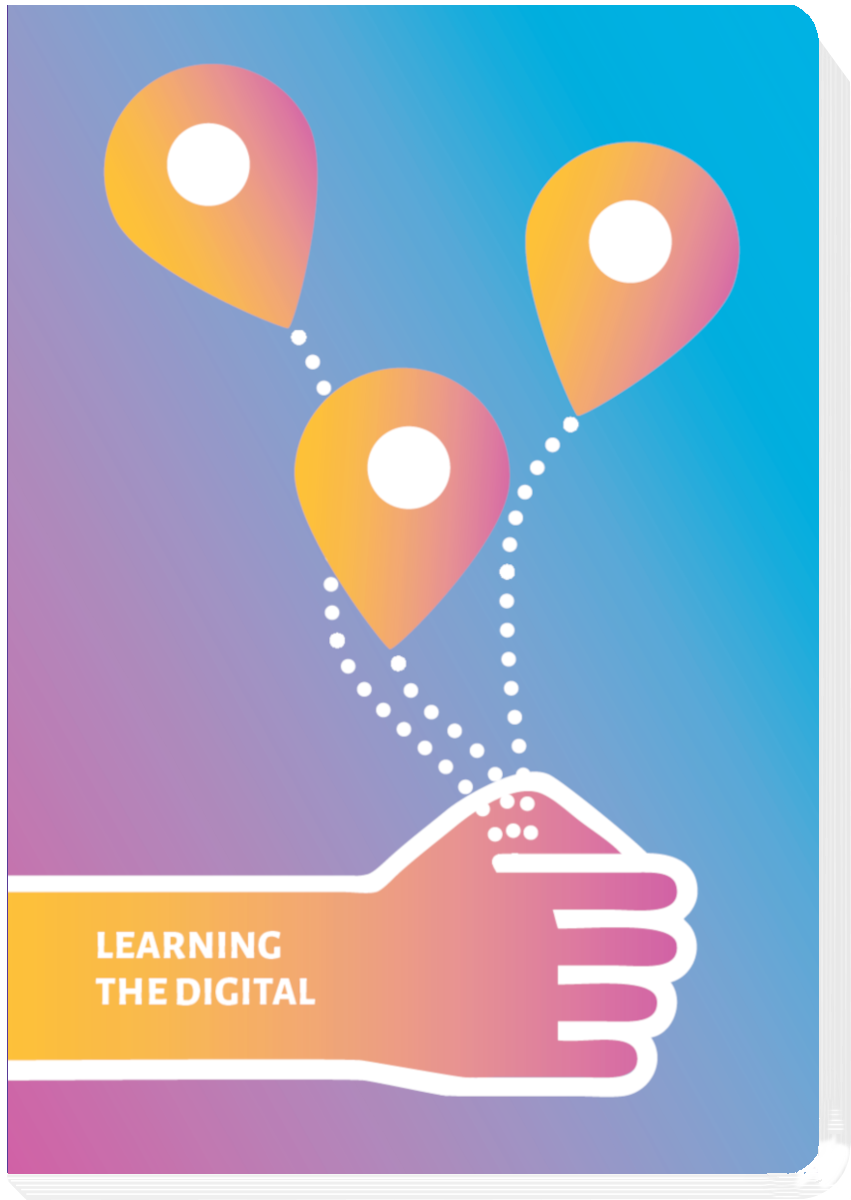Contents
Goals
- Introduce activities which promote reflection about online and offline identities
- Increase awareness about what the “digital footprint” is and how to check it
Context
People create their online identities by sharing their data on different platforms and social media. Focusing on the personal approach of learners to data and how algorithms shape the perception of society and the identity of each one promotes understanding and reflection on how the different processes affect the shaping of our identity both in the online and offline domains.
Steps
1. Participants are asked to put their “NAME” and “SURNAME” on one or more search engines
2. Participants prepare a one-sentence or, if you want to make it more challenging, “one breath” presentation based on the first five results of the query
3. In plenary, the participants share their presentations: one sentence/one breath speech
Reflection
- How happy are you with what others can find about you?
- If nothing relevant comes out of the search, is this a good or a bad sign? Why?
- Which are the differences between the presentation one would have shared and the one prompted by the “search engine”?
- How many identities do you have?
Digital Footprint
All the content about a person created from online activities and posts, likes and shares, including posts about you from others!
Source: UNESCO MIL CLICKS Social Media Initiative. Media and Information Literacy: Critical-thinking, Creativity, Literacy, Intercultural, Citizenship, Knowledge and Sustainability, https://en.unesco.org/MILCLICKS
Reference
- Source: UNESCO MIL CLICKS. MIL CLICKS Social Media Initiative. Media and Information Literacy: Critical-thinking, Creativity, Literacy, Intercultural, Citizenship, Knowledge and Sustainability, https://en.unesco.org/MILCLICKS





